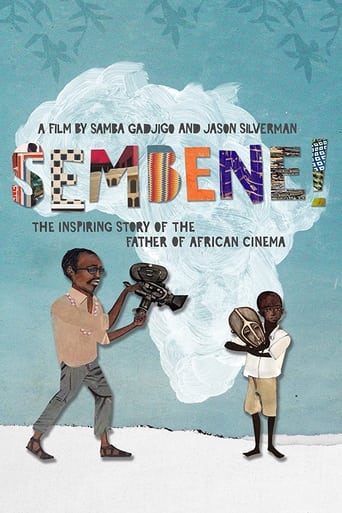Best Senegalese documentary movies
A curated collection of popular documentary movies from Senegal.
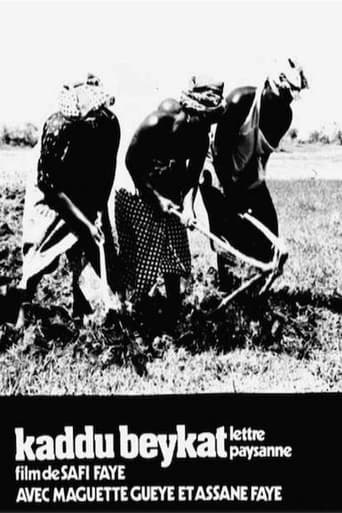
Letter from My Village (1976)
Letter from My Village (1976)
Ngor is a young man living in a Senegalese village who wishes to marry Coumba. Ongoing drought in the village has affected its crop of groundnuts and as a result, Ngor cannot afford the bride price for Coumba. He goes to Senegal's capital city, Dakar, to try to earn more money and is exploited there. He returns to the villagers and shares his experiences of the city with the other men. The story, which shows the daily lives of the villagers, is told in the form of a letter to a friend from a villager, voiced by Faye.
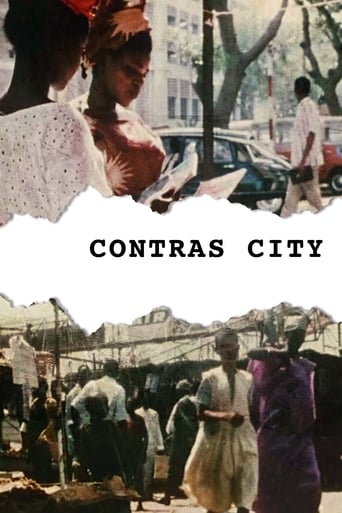
Contras' City (1969)
Contras' City (1969)
A fictional documentary that portrays the city of Dakar, Senegal, as we hear the conversation between a Senegalese man (the director, Djibril Diop Mambéty) and a French woman, Inge Hirschnitz. As we travel through the city in a picturesque horse drawn wagon, we chaotically rush into this and that popular neighborhood of the capital, discovering contrast after contrast: A small African community waiting at the Church's door, Muslims praying on the sidewalk, the Rococo architecture of the Government buildings, the modest stores of the craftsmen near the main market.
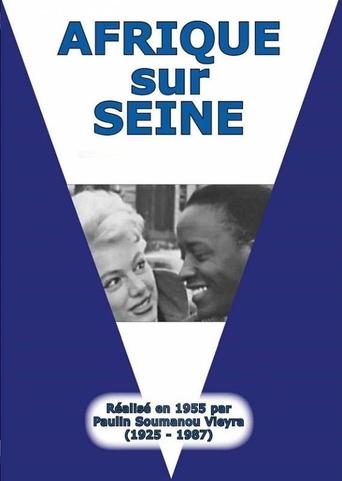
Africa on the Seine (1955)
Africa on the Seine (1955)
This film is widely regarded as the first film made by an African south of the Sahara. Labelled an “ethnological documentary in reverse,” it shows 1950s Paris from the cinematic perspective of a group of African immigrants. (Mubi)
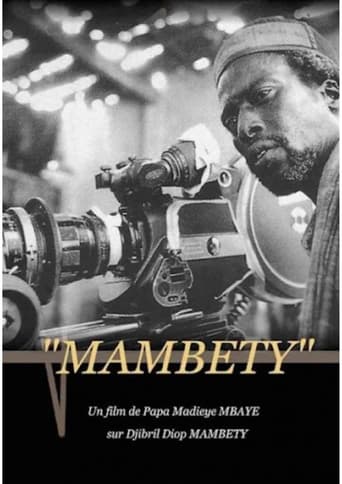
Mambéty (2002)
Mambéty (2002)
Senegalese director Djibril Diop Mambéty, one of the greatest figures in all of African film, died in 1998. In this behind-the-scenes documentary, shot during the making of his final work, The Little Girl Who Sold the Sun / La petite vendeuse de soleil, Mambéty speaks with his technicians, prepares the actors, talks with his young star, and, in voiceover, shares his thoughts on cinema and life.Mambéty doesn't differ significantly from the stock "behind-the-scenes" documentaries that adorn most DVDs nowadays, except that Mambéty's films have scenes you actually want to be taken behind. Because of the kind of attention that gets paid to African cinema, there's an initial intrigue to Mambéty, but that interest is sustained by Mambéty's own lyrical insights into his aesthetics.
Simb, le Jeux du Faux Lion (1969)
Simb, le Jeux du Faux Lion (1969)
The game of the false lion is a custom dating back more than a century. It is believed that only the people who have been touched by the lion can identify with it and be subject to the influence of its behaviour. Pierre N'Gom, with this son, the lion cub, are the last descendants of a family of false lions. In the chaos of the popular celebration, and to the endless rhythm of drums, the lion and the cub attack the public to give vent to their aggressiveness. The false lion can be tamed only by the eloquence of the word.
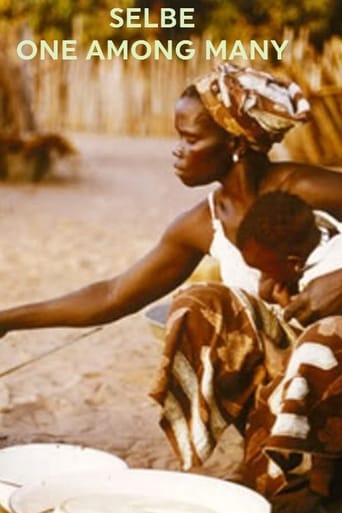
Selbe: One Among Many (1983)
Selbe: One Among Many (1983)
This revealing documentary offers a rare view of daily life in West Africa. Shot in Senegal, Selbe focuses on the social role and economic responsibility of women in African society. Because men often leave their communities to earn money in the city, women are left with sole responsibility for their families. Through the character of Selbe we observe how one woman's personal struggle reflects the broader issues faced by many women in developing countries.
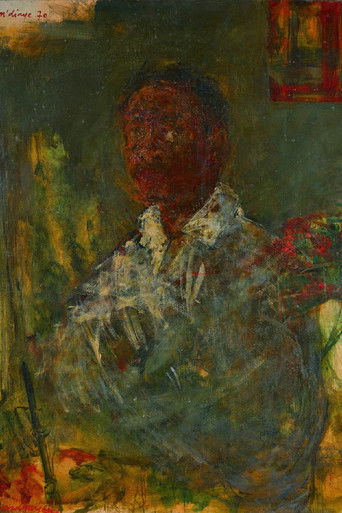
Iba N'Diaye (1982)
Iba N'Diaye (1982)
During an interview with the filmmaker Paulin Vieyra, the painter Iba Ndiaye recalls key moments of his life. He begins with his childhood in Senegal and his studies at the Lycee Faidherbe in St. Louis of Senegal, where he was drawn to design and graphic arts. African nature and its sweeping horizons remain however his main sources of inspiration.

Birago Diop, Storyteller (1981)
Birago Diop, Storyteller (1981)
Birago Diop appears as the pioneer of African letters. He knew the long journey of poets of blackness from the 30s. But, while young writers Antillean and African chose poetry to express the search for their identity, Birago Diop was located from the beginning of his work at the heart of the African literary world, adopting as a mode of expression the tale and the novel. Birago Diop evokes his memories: coming from the old Saint-Louisian bourgeoisie, he made his classes at Faidherbe high school, the first high school of West Africa, before coming to France to study veterinary medicine, an opportunity for him to participate in the first one. core of African Presence. His works are now on the curriculum of high schools in Senegal.
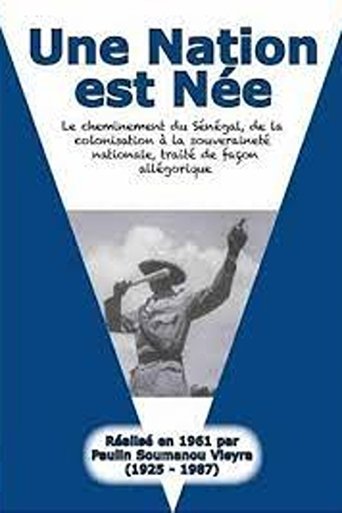
A Nation is Born (1961)
A Nation is Born (1961)
Une nation est née depicts the progression of Senegal from colonization to sovereignty, shown allegorically through scenes of dance and celebrations of its newly-reclaimed independence.
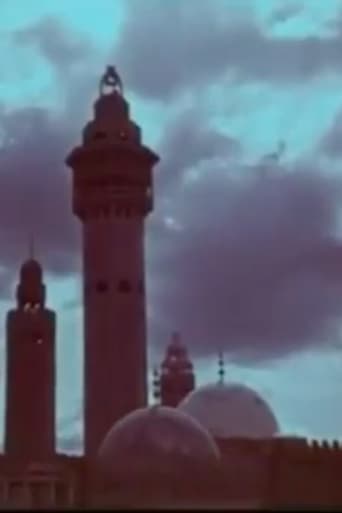
The Grand Magal of Touba (1962)
The Grand Magal of Touba (1962)
Each year, the pilgrimage of the Muslim brotherhood of the Mourides takes place in Touba. From all over Senegal (and even from all over the world) pilgrims flock to take part in this religious event which will last three days and two nights. Grand Magal in Touba evokes the black Islam, promotes peace and tolerance, born of syncretism between Islam and the blackness of the Sufi brotherhoods in Senegal.

Le Sénégal et le Festival Mondial des Arts Nègres (1966)
Le Sénégal et le Festival Mondial des Arts Nègres (1966)
Promotional newsreel of Dakar, selected to host the first edition of the World Festival of Black Arts. The report features the history of the city, its architectural and commercial evolution, its air and maritime connections, its natural beauty, hotels and tourist attractions. Organised by Léopold Sédar Senghor on the initiative of the magazine “Présence Africaine” and the African Cultural Society, it was an unprecedented event in the cultural history of the African continent. The first festival was held in Dakar on 1-24 April 1966. Participants included André Malraux, Aimé Césaire, Jean Price-Mars, Duke Ellington, Joséphine Baker, Langston Hughes, Aminata Fall, Robert Hayden and many others. All the arts were represented: literature, music, dance, film and visual arts.
